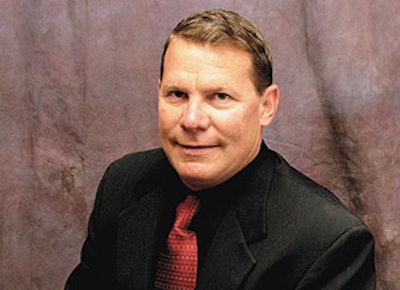
This article first appeared in the September 2013 issue of Food Manufacturing.
The Food Manufacturing Brainstorm features industry experts sharing their perspectives on issues critical to the overall food industry marketplace. In this issue, we ask: What safety factors should food manufacturers consider when implementing filtration systems in their facilities?
Combustible dust is one of the biggest safety issues facing food manufacturers. Many dusts generated in food processing are potentially explosive – among them sugar, flours, milk powder, malt and starches. To capture such dusts, a high efficiency cartridge dust collector will usually be the filtration system of choice.
Before buying a dust collection system, follow these steps:
- Conduct a risk assessment, preferably with the help of an outside professional engineer, to determine the required level of fire and explosion protection for your filtration system.
- Make sure dust testing is part of this analysis. Many commercial test laboratories offer a low-cost test to establish whether a dust sample is combustible. If the test is positive, then the explosive index (Kst) and the maximum pressure rise (Pmax) of the dust should be determined by ASTM E 1226-12a, Standard Test Method for Explosibility of Dust Clouds. Any dust above 0 Kst is now considered to be explosive, and most dusts fall into this category.
- If you find you do have a combustible dust issue, select an equipment supplier who has a proven track record in explosion prevention and can help you sort through the applicable NFPA standards.
- Be sure the dust collector design incorporates the necessary fire/explosion protection devices and technologies throughout the system, from the housing to the ductwork to the filters inside. Look for components that are manufactured in accordance with NFPA standards and/or that carry CE and ATEX certifications, and ask for test data to support these claims.























